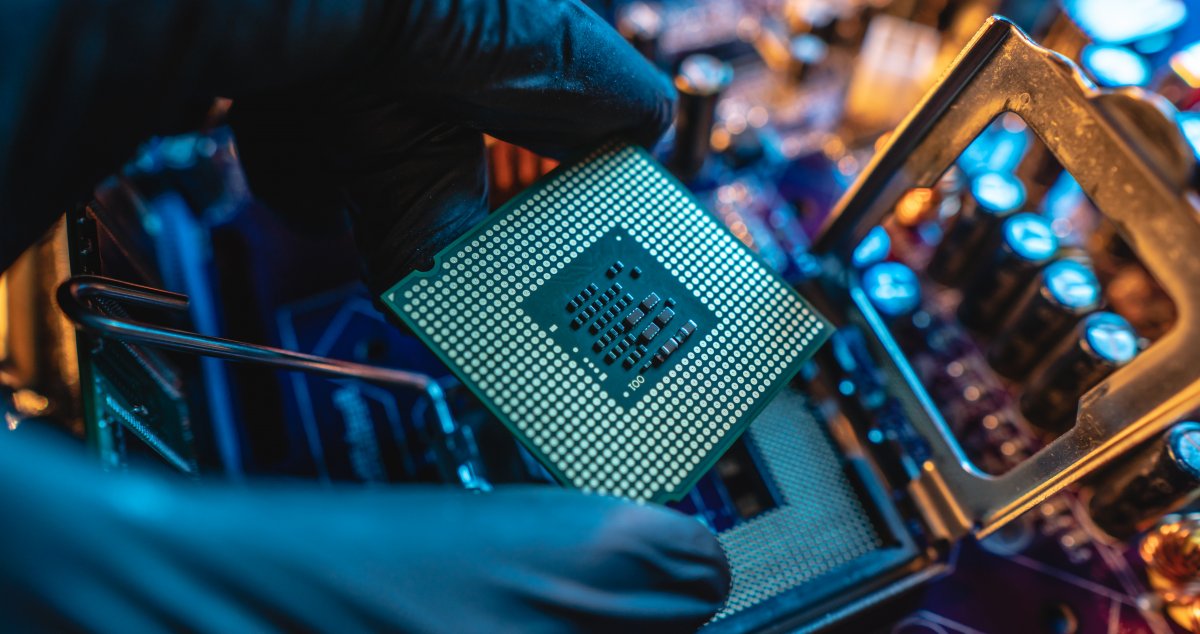Faced with technological blockades and geopolitical challenges, Russia is actively seeking and plans to independently develop EUV lithography machines, with the goal of creating equipment that is more economical and easier to manufacture than ASML lithography machines.
According to reports from CNews and Tom's Hardware, the Institute of Microstructure Physics of the Russian Academy of Sciences (IPM RAS) announced a program called "New Concepts for the Development of High-Performance X-ray Lithography", which aims to develop new lithography equipment with an operating wavelength of 11.2 nanometers. Compared with the standard 13.5 nanometer wavelength equipment of ASML of the Netherlands, this innovative technology is expected to increase the resolution of the equipment by 20%, while reducing R&D costs and simplifying the manufacturing process.
Russia also plans to use xenon as a laser plasma light source to replace traditional tin to reduce the pollution of optical components and extend the service life of key components. In addition, the new equipment may use silicon-containing photoresist to improve processing efficiency at a wavelength of 11.2 nanometers, providing a practical solution for small-scale chip production.
The R&D plan is divided into three phases:
*The first phase focuses on basic research and key technology identification;
*The second phase is to manufacture a prototype that can process 60 200mm wafers per hour and integrate it into the domestic chip production line;
*The third phase aims to develop industrial application equipment that can process 60 300mm wafers per hour.
Although the output of Russian lithography machines is expected to be 37% of ASML equipment and the light source power is 3.6 kilowatts, this performance is sufficient to meet small-scale production needs. Russia plans to fully put its own 7nm chip lithography equipment into production in 2028, and the efficiency is expected to be 1.5-2 times higher than that of ASML lithography machines.

Due to sanctions and geopolitical factors, Russia can only develop related technologies independently under limited conditions. Russia is determined to break through the current predicament through an innovation roadmap, but it may take ten years or even longer to design these EUV lithography systems. If the research and development progress goes smoothly, Russia may become an important equipment supplier for small and medium-sized chip manufacturers in the future, providing new options for global chip production and bringing new changes to the entire industry landscape.
